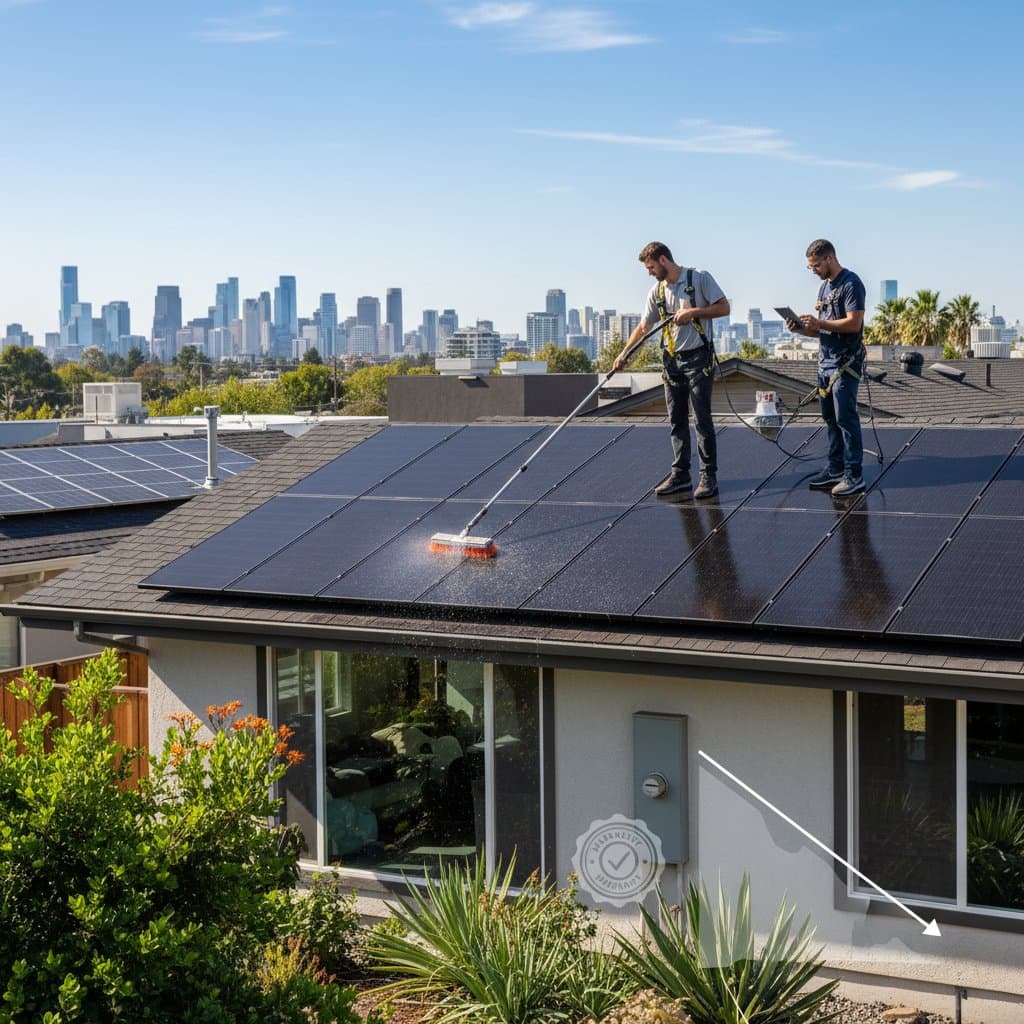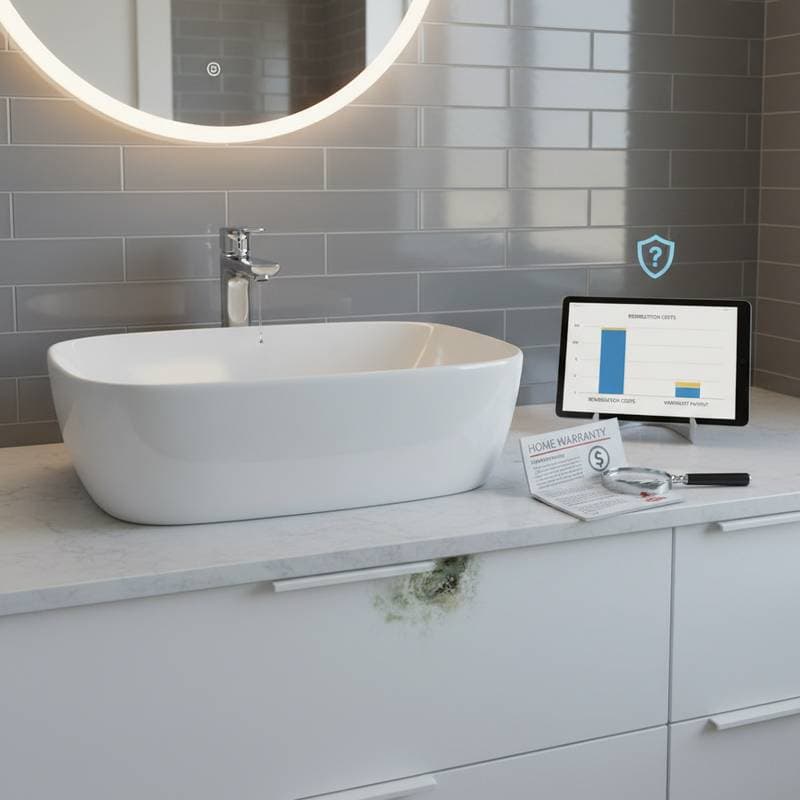Understanding Solar Panel Efficiency and the Impact of Neglect
Solar panels represent a significant investment in renewable energy, promising long-term savings and environmental benefits. However, without proper care, these systems can experience a substantial decline in performance. Studies indicate that accumulated dirt, debris, and environmental wear can reduce efficiency by up to 25% over time, directly affecting energy output and financial returns.
This loss occurs gradually as panels face exposure to dust, pollen, bird droppings, and harsh weather. In dusty regions or areas with heavy snowfall, the impact intensifies, leading to shaded or obstructed surfaces that hinder electricity generation. Homeowners and businesses must recognize these risks early to implement preventive measures that safeguard their systems.
The Fundamentals of Solar Panel Maintenance
Effective maintenance begins with understanding the components involved, including photovoltaic cells, inverters, and mounting structures. Each element requires attention to ensure optimal function. Cleaning removes surface contaminants, while inspections detect potential issues like cracks or loose connections.
Panels typically need visual checks monthly to identify obvious problems, such as discoloration or damage from storms. Professional servicing provides deeper analysis, using tools to measure output and diagnose inefficiencies. These routines not only restore performance but also extend the lifespan of the installation, often beyond the standard 25-year warranty period.
Recommended Maintenance Schedules
Establishing a consistent schedule forms the cornerstone of solar care. For most residential systems, annual cleaning suffices in moderate climates, but arid or polluted areas demand quarterly attention. Begin with a simple routine: inspect panels after major weather events and clean as needed using soft brushes and deionized water to avoid mineral deposits.
Comprehensive inspections occur every one to three years, depending on system age and location. Inverters, which convert DC to AC power, require checks every six months to prevent failures that could halt production entirely. Adhering to manufacturer guidelines ensures compliance with operational standards and helps track performance trends over time.
- Conduct monthly visual inspections for visible dirt or damage.
- Schedule professional cleanings annually or more frequently in high-debris environments.
- Perform full system audits every two years to assess wiring, connections, and overall integrity.
- Monitor inverter functionality biannually to catch early signs of malfunction.
Costs Associated with Solar Maintenance in 2025
Budgeting for upkeep proves essential for solar owners. Basic cleaning services range from $150 to $250 for a standard residential array, covering labor and basic equipment. More thorough inspections, including thermal imaging and electrical testing, push costs to $300 to $400 per visit.
Factors influencing expenses include panel count, roof accessibility, and geographic location. Urban areas with higher labor rates may exceed these figures, while rural services offer savings. Preventive maintenance often proves more economical than repairs; for instance, addressing minor issues early avoids expensive replacements that could cost thousands.
Owners benefit from bundling services, such as annual contracts that reduce per-visit fees by 10 to 20%. DIY options exist for minor cleaning but carry risks of voiding warranties if improper methods cause damage. Weigh these options against professional expertise for the best value.
Navigating Solar Warranties and Coverage
Warranties provide crucial protection for solar investments, typically spanning 10 to 25 years for performance guarantees. Product warranties cover manufacturing defects, while labor warranties address installation issues. Maintenance plays a pivotal role: neglect can invalidate coverage, leaving owners liable for repairs.
Understand the distinctions between workmanship warranties, which last 5 to 10 years, and performance warranties that promise at least 80% output after 25 years. Documentation of regular servicing, such as receipts and logs, supports claims during disputes. Some providers offer extended plans that include maintenance, enhancing peace of mind.
Regional variations affect warranty enforcement; for example, coastal areas prone to salt corrosion may require specialized clauses. Review contracts thoroughly upon installation and consult installers for clarification on maintenance obligations. This preparation minimizes surprises and maximizes protection.
When to Hire Professional Services
Certain situations demand expert intervention to avoid compromising safety or efficiency. Hire professionals for initial setups, post-storm assessments, or when output drops noticeably. Signs like reduced bill savings or error alerts from monitoring apps signal the need for immediate action.
Qualified technicians possess certifications, such as NABCEP, ensuring adherence to safety standards like those from the National Electrical Code. They use specialized equipment, including drones for hard-to-reach panels, to deliver precise results. Attempting complex tasks without training risks electrical hazards or structural damage.
Select providers through recommendations, licensing verification, and reviews of past work. Request detailed reports post-service to maintain records. Investing in reliable professionals yields confidence in system reliability and compliance.
Regional Factors Influencing Maintenance Needs
Location shapes maintenance priorities significantly. In sunny Southwest regions, intense UV exposure accelerates degradation, necessitating frequent cleanings to combat dust buildup. Conversely, humid Southeast climates foster algae growth, requiring antimicrobial treatments.
Snowy Northern areas demand snow removal protocols to prevent shading and weight stress on mounts. Urban settings with pollution layers call for more robust washing schedules. Tailor approaches to local conditions: consult regional solar associations for customized advice.
Climate change introduces unpredictability, with increased storms heightening damage risks. Proactive adaptations, like reinforced mountings in windy zones, enhance resilience. These considerations ensure maintenance aligns with environmental realities for sustained performance.
Maximizing Returns Through Proactive Care
Diligent maintenance transforms solar ownership into a reliable asset. By averting efficiency losses, owners secure consistent energy production and lower utility bills. Warranties remain intact, reducing unexpected costs and supporting resale value.
Safety improves as professionals identify hazards like faulty wiring early. Environmental contributions grow with optimal output, offsetting carbon footprints effectively. Commit to these practices for enduring benefits that align with sustainable living goals.



